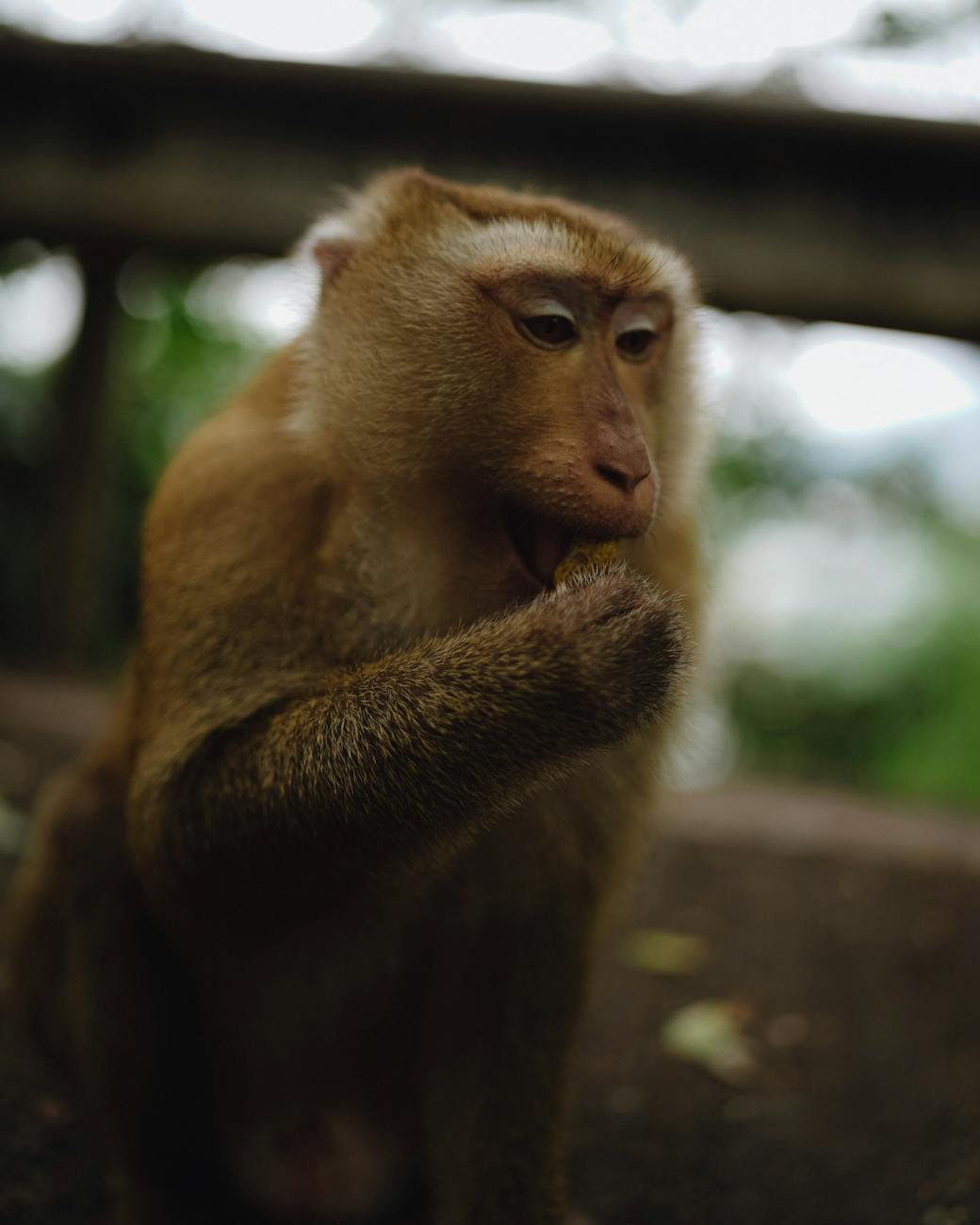Embarking on a trip to Thailand is an adventure that goes beyond exploring stunning beaches and intricate temples. One of the remarkable aspects of this vibrant country is its rich cultural heritage, with Traditional Thai Dance standing out as an unforgettable experience. This blog delves into why witnessing a performance of Traditional Thai Dance is an absolute must during your visit. From its history and symbolism to the artistry and passion behind each movement, you’ll discover how this enchanting form of expression captures the essence of Thailand in profound ways.
In this engaging post, we’ll explore the various facets of Traditional Thai Dance, highlight the best places to experience it, and equip you with insider tips for maximizing your visit. Whether you are a cultural enthusiast or a casual traveler, learning about Thai dancing will enhance your understanding of Thailand’s vibrant culture and enrich your travel experience. Now, let’s dive in!
Table of Contents
- What is Traditional Thai Dance?
- The Inspiring History of Thai Dance
- Cultural Significance and Meaning
- Different Styles of Thai Dance
- Where to Experience Traditional Thai Dance
- Tips for Witnessing a Traditional Thai Dance Performance
- Capturing the Magic of Thai Dance Performances
- The Lasting Impressions of Traditional Thai Dance
- Frequently Asked Questions
What is Traditional Thai Dance?
Traditional Thai Dance is an exquisite form of expression that combines visual aesthetics, intricate movements, and deep emotion to tell stories and convey cultural values. Characterized by graceful, deliberate motions, this dance form is often accompanied by classical music and ornate costumes that reflect the artistry of Thai culture. Each performance serves as a window into Thailand’s long history and moral teachings, captivating audiences both at home and abroad. What makes it particularly fascinating is the way dancers embody the essence of the stories being told through fluid gestures and expressive facial expressions. Visitors will find that the experience is not merely about entertainment, but a rich cultural experience that invites deeper appreciation of Thailand’s artistic heritage.
The roots of Traditional Thai Dance can be traced back several centuries and have evolved through countless adaptations. Its intricate symbolism and storytelling make it an integral part of Thai celebrations, rituals, and religious ceremonies. You will find that every movement, posture, and gesture holds profound meaning, reflecting values such as respect, spirituality, and community connection. For anyone wishing to immerse themselves fully in the essence of Thailand, witnessing a performance embodies a unique way to understand the heart and soul of this incredible country.
The Inspiring History of Thai Dance
The origins of Traditional Thai Dance are deeply entwined with the country’s history, flourishing under different royal courts throughout Thailand’s evolution. Dating back to the times of the Khmer Empire, these dance traditions began enriching the cultural fabric of the region. As Buddhism spread and royal sponsorship blossomed, the art form gained prominence, often performed during courtly occasions. The classical styles established by royal patronage are reflective not only of the exquisite technical skill but also the power dynamics of regional politics and spirituality that shaped the nation.
Moreover, influences from neighboring countries have played a significant role in its development. Elements from India, China, and Cambodia can be observed in various dance styles, resulting in a diverse range of forms, each telling unique stories through movements. The introduction of the ‘Khon’ dance-drama is one such example, where performers depict scenes from the epic Ramayana. Over the years, Traditional Thai Dance has managed to preserve its originality while adapting to modern influences, showcasing resilience and an enduring commitment to cultural preservation. Understanding this remarkable backstory enhances the appreciation for the artistry and dedication behind each performance.
Cultural Significance and Meaning
Delving deeper into Traditional Thai Dance reveals a tapestry of symbolic meanings interwoven into every aspect of the performance. Each dance portrays a different narrative, often derived from ancient folklore, mythology, or religious texts. The costumes, vibrant colors, and intricate accessories worn by dancers are not merely decorative but imbued with spiritual significance. For example, the long fingernails often seen in performances symbolize the graceful beauty of the dance, while the elaborate headdresses represent high status and respect within the community.
Culturally, these performances act as a bridge connecting generations, passing down treasured traditions to younger audiences. In today’s rapidly changing society, such expressions serve as reminders of identity and history, fostering a sense of belonging. Witnessing these dances allows travelers to engage profoundly with the Thai ethos, eliciting reflection on the shared human experience across cultures. Observers will find themselves captivated not just by the visual spectacle, but also by the emotional resonance that transcends language barriers.
Different Styles of Thai Dance
One of the most delightful aspects of Traditional Thai Dance is its variation, featuring several distinct styles that cater to different themes and narratives. Among the most popular styles, the ‘Khon,’ mentioned earlier, is a dramatic dance-drama recognized for its elaborate masks and stylized movements, representing epic stories from Hindu mythology. This form is often performed during significant cultural festivals and esteemed events, captivating viewers with its grandiosity.
Another notable style is the ‘Lakhon,’ which emphasizes graceful gestures and expressive movements to portray love stories or historical figures. Unlike Khon, Lakhon dancers typically perform with their faces unobscured, allowing audiences to connect more personally with the portrayals. The ‘Fawn’ style incorporates interactive and rhythmic elements, inviting audience participation through clapping and movement, while the ‘ramwong’ invites everyone for a collective experience.
Each of these styles holds its unique appeal, and understanding the nuances can enhance the overall experience. Engaging with various performances during your Thailand trip allows for richer insights into the extensive cultural diversity present in Thai dance. Such exposure not only highlights the artistry but also positions dance as a conversant medium for storytelling.
Where to Experience Traditional Thai Dance
Selecting the perfect venue to experience Traditional Thai Dance can significantly enhance your immersion into this captivating art form. Major cities like Bangkok and Chiang Mai offer fantastic opportunities, with cultural performances regularly scheduled in renowned theaters and temples. The National Theatre in Bangkok is famous for its grand Khon performances, allowing guests to appreciate the intricacy of this dance-drama while enjoying the opulent ambiance.
For a more intimate experience, seek out local festivals or community events, which often feature traditional performances that are rooted in regional culture. Visitors may find unique showcases in temple grounds or traditional folk theaters, allowing for a deeper connection to local customs. Additionally, many restaurants and hotels offer dance shows alongside traditional cuisine, creating a delightful blend of culinary and artistic experience. This combination of flavors and art elevates your dining while serving as a crash course in Thai culture.
When exploring options, it’s beneficial to check local schedules and book in advance for the most popular shows. Establishing a priority list of performances can elevate your
overall Thai experience, ensuring you interact with aesthetically rich art forms while maximizing your time.
Tips for Witnessing a Traditional Thai Dance Performance
Maximizing your experience during a Traditional Thai Dance performance requires a bit of preparation and an open mind. When attending performances, it’s essential to understand the importance of respect and etiquette within Thai culture. First and foremost, dress modestly to reflect your appreciation for the artistic and cultural values on display. Bright colors or overly casual attire can detract from the experience and may be regarded as disrespectful.
Arriving early allows you to soak in the ambiance and examine the intricate details of the costumes and stage setup. Observing the dancers’ pre-performance rituals can offer insights into the dedication and discipline that goes into their craft. While a camera is often a welcome addition to capture moments, ensure that you comply with any photography rules to avoid disrupting the performance.
Lastly, immersing yourself in the storyline enhances comprehension and enjoyment. Familiarizing yourself with the cultural context or themes before attending will significantly enrich your experience. Engaging in conversations with fellow audience members can also foster connections and provide further understanding, further highlighting the communal aspect of witnessing these beautiful expressions.
Capturing the Magic of Thai Dance Performances
Experiencing Traditional Thai Dance can leave profound impressions, often spanning beyond the performance itself. To ensure you capture the magic of these moments, consider ways to preserve and share your experiences. Taking notes during the performance can contribute to a personal narrative about what stood out to you, whether it’s a specific dance style, an emotional response to the story, or the dancers’ expressions and movements.
Engaging with the local community post-performance can also provide valuable insights. Many dancers are eager to share their experiences and perspectives, allowing you to grasp the nuances of their art form. Furthermore, sharing your reflections on social media can inspire others to explore Thai culture, broadening the appreciation of this dynamic art form. Encouraging dialogue about such traditional forms of expression also contributes to preserving and promoting their existence in an ever-globalizing world, ensuring that the beauty of Traditional Thai Dance continues to resonate with audiences everywhere.
The Everlasting Impact of Traditional Thai Dance
Experiencing Traditional Thai Dance creates lingering memories that often evoke deep emotions and reflections long after the performance has ended. This impactful connection goes beyond mere entertainment; it fosters an appreciation for the rich cultural fabric of Thailand. It enables travelers to return home with stories worth sharing and insights that inspire deeper understanding and empathy for diverse expressions of art and heritage around the world.
Moreover, Traditional Thai Dance serves as a reminder of the significance of cultural preservation in our global society. In an era where globalization often leads to homogenization of culture, engaging with unique traditions such as these empowers communities to uphold and celebrate their heritage, fostering a sense of pride and identity. Your participation in these performances not only enriches your travel experience but also plays a part in ensuring that cultural narratives continue to thrive.
By actively engaging with and advocating for Traditional Thai Dance, you become part of a larger movement, appreciating the beauty and significance of art in the human experience. Whether you’re recounting your encounter with friends or advocating for cultural preservation, each performance offers a valuable opportunity to connect, reflect, and inspire.
Frequently Asked Questions
What is the best time to see Traditional Thai Dance?
The best time to witness Traditional Thai Dance performances is during festivals or cultural events, which occur throughout the year, particularly in major cities like Bangkok and Chiang Mai. However, regularly scheduled shows at theaters and cultural venues are also excellent options.
Are there any specific etiquette rules to follow during the performance?
Yes! It is essential to dress modestly, arrive early, and maintain respectful behavior during the performance. Avoid using flash photography, and be mindful not to distract the dancers.
Can I participate in Traditional Thai Dance?
While most performances are observational, some festivals and workshops offer the opportunity for attendees to learn and participate in dance movements, allowing for a more interactive experience.
Is Traditional Thai Dance suitable for all age groups?
Absolutely! The beauty and artistry of Traditional Thai Dance appeal to audiences of all ages. Young children and adults alike can find enjoyment and inspiration in the performances.
How can I enhance my understanding of the dance before attending a performance?
Researching the history, cultural significance, and different styles of Thai Dance can greatly enhance your appreciation. Engaging with local cultural resources or guides can also provide additional insights to enrich your experience.
In summary, remembering to immerse yourself in the artistry and significance of Traditional Thai Dance can lead to a more fulfilling travel experience. By considering the dance as a vital thread within the fabric of Thai culture, you ensure that your trip to Thailand becomes a journey not only of exploration but also of connection and understanding.
Image Credit: Pexels





